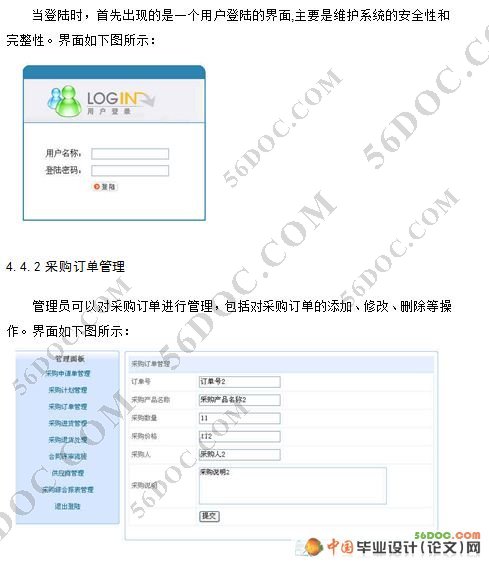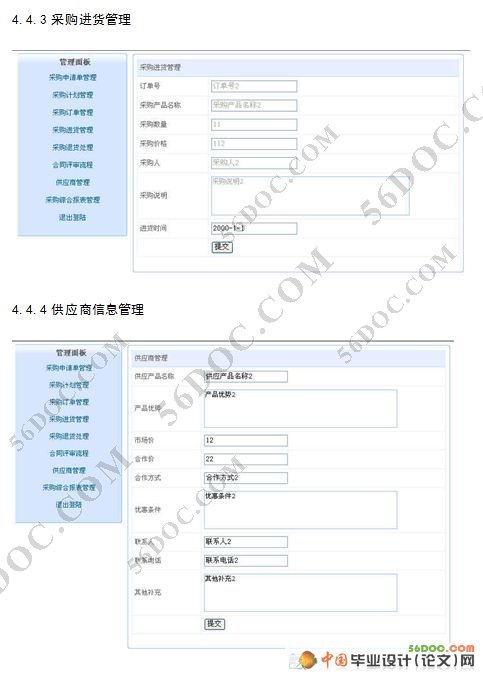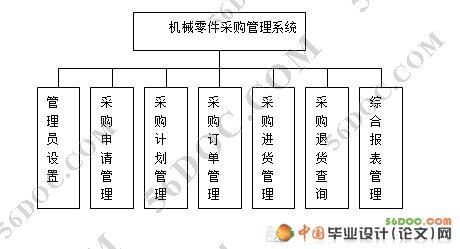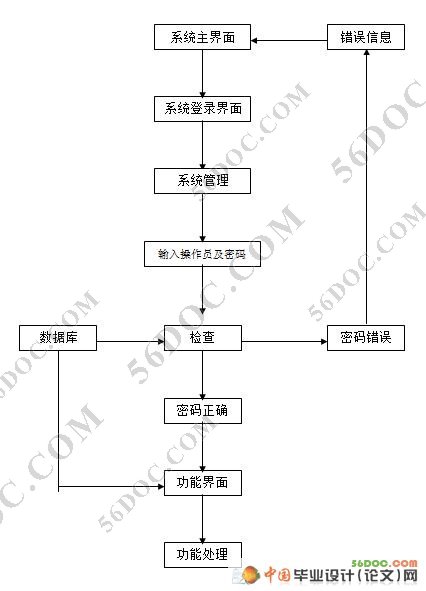机械零件采购管理系统的设计(SQL2000)含录像
来源:56doc.com 资料编号:5D4208 资料等级:★★★★★ %E8%B5%84%E6%96%99%E7%BC%96%E5%8F%B7%EF%BC%9A5D4208
资料以网页介绍的为准,下载后不会有水印.资料仅供学习参考之用. 密 保 惠 帮助
资料介绍
摘要:本机械零件采购管理系统是使用ASP编程语言和SQL Server2000数据库共同来完成的,采用面向对象方法,对机械零件采购管理系统进行设计与实现。分析设计了机械零件采购管理系统的静态模型和动态模型,完成了系统开发的分析、设计和实现的工作。本机械零件采购管理系统通过Web方式完成用户与系统的交互,系统的功能模块具体有采购申请模块、采购计划管理模块、统计信息管理模块。本系统的开发采用现有成熟技术为参照,共享源码为模板,结合本课程网站的实际需求进行分析和功能调整,探讨了利用ASP开发机械零件采购管理系统的过程。
关键词:机械零件采购,管理,系统
Abstract: The mechanical parts procurement management system is the use of ASP and SQL Server2000 database programming language common to complete, object-oriented approach, on the mechanical parts procurement management system design and implementation. Analysis and design of mechanical parts procurement management system for static and dynamic models, the completion of system development analysis, design and implementation work. The mechanical parts procurement management system is accomplished through the Web user and system interaction, the system function modules are purchasing the specific application modules, procurement planning management, statistics management module. The development of this system using the existing mature technologies as a reference, sharing source code as a template, combined with the actual needs of the course web site analysis and functional adjustment of machine parts using ASP development process of the procurement management system.
Keywords: Mechanical Parts, management, system
系统权限管理
用户信息包括系统用管理员的账号、密码、用户类别。系统需通过用户帐号以及密码进行验证,只有通过验证后才能进入系统。其具体功能需求如下所示:
(1)能够通过用户账号与密码验证后,进入系统操作界面;
(2)能够设置用户类别(即用户权限)、修改用户密码;
(3)能够创建用户和删除用户。
目 录 14000字
1、引言 4
2、系统分析 5
2.1 系统需求分析 5
2.2 本系统采用的关键技术 6
2.2.1 ASP技术 6
2.2.2 ASP运行模式 6
2.2.3 ASP的工作原理 7
2.2.4 ASP的技术特点 8
2.3 可行性分析 9
3、系统概要设计 10
4、系统详细设计 10
4.1 后台数据库设计 10
4.2 系统E-R图 12
4.3 处理流程设计 12
4.3.1 系统操作流程 12
4.3.2 数据增加流程 13
4.3.3 数据修改流程 14
4.4.4 数据删除流程 15
4.4 系统模块设计 16
4.4.1 管理员登陆 16
4.4.2 采购订单管理 16
4.4.3 采购进货管理 16
4.4.4 供应商信息管理 17
5、系统调试与测试 18
5.1 程序调试 18
5.2 程序的测试 18
5.2.1 测试的重要性及目的 18
5.2.2 测试的步骤 20
5.2.3 测试的主要内容 20
6、结论 21
6.1 系统评价 21
6.2 安全性问题 22
致谢 23
参考文献 24
|




